What to See in Florence: Slightly Off the Beaten Path
- Ana Ka

- Sep 4
- 10 min read
1. Magi Chapel at Palazzo Medici Riccardi (Ana's favourite)
The Magi Chapel is one of my most favourite places in all of Florence—a jewel-box of Renaissance brilliance hidden inside Palazzo Medici-Riccardi. This tiny, intimate room, frescoed floor to ceiling by Benozzo Gozzoli in 1459, is one of Florence’s best-kept secrets, yet it’s astonishingly easy to visit.
Step inside, and you’re instantly transported into a Medici fantasy—a glittering procession of kings, nobles, and exotic animals winding through lush, dreamlike landscapes. The walls shimmer with gold leaf, and the faces in the crowd include young Lorenzo the Magnificent (then just a boy) and even Gozzoli himself, peeking out from the scene with a sly smile. The level of detail is mesmerising: hunting dogs strain at their leashes, parrots preen on gloved hands, and the Three Magi’s robes swirl with intricate embroidery.
What makes this chapel so special—beyond its sheer beauty—is how personal it feels. Unlike the crowded Uffizi or Accademia, you’ll often have this masterpiece to yourself. The visit takes no more than 10 minutes, but those minutes are pure magic. Just watch my video about it :). Also, don't miss this stunning room on the way out!
Pro Tip: While tickets are often available at the door, I highly recommend booking online in advance to guarantee your entry. For the latest information and to secure your tickets, always check the official website.

Palazzo Medici Riccardi (Photo: Ana's iPhone)


Magi Chapel, Palazzo Medici Riccardi. (Photo: Wikimedia Commons, Public Domain)
2. Last Supper at the church of San Salvatore in Ognissanti (Ana’s favourite)
Ghirlandaio’s 1480 fresco—painted 15 years before Leonardo’s version—reveals a startling medieval tradition: Judas sits isolated on our side of the table, his telltale money bag clutched in shadowed hands. This isn’t just artistic convention; it’s theological theatre. By positioning us with Judas, Ghirlandaio forces a confrontation: We stand where the betrayer sits, cut off from Christ and the faithful apostles...
The composition thrums with quiet drama—light caresses Jesus’ serene profile while Judas shrinks back, his face half-obscured, that damning purse dangling at his waist. The apostles form a protective arc around Christ, their gestures and glances weaving a visual barrier against treachery.
Why this hidden gem captivates:
Pre-Leonardo Last Supper: Shows how dramatically Last Supper iconography evolved
Psychological tension: You don’t just observe the scene—you’re placed in Judas’ shoes
Exclusive access: Opens just ~2x/month (check this website at month’s end in the News section, or just wait for my posts in my Facebook Group).
Secret entrance: An unmarked (I think) door in the adjacent building (the entrance via the main church has been closed lately)
For art lovers, those 15 minutes inside become a visceral lesson in how Renaissance artists staged sacred stories. No rush, no crowds—just you, Ghirlandaio’s silent accusation, and the weight of that unseen silver. For my video about this stunning place click here.

Last Supper fresco by Domenico Ghirlandaio, Convent of the Chiesa di San Salvatore di Ognissanti, Florence. (Photo: Wikimedia Commons, Public Domain)
3. Palazzo Davanzati (Ana’s favourite)
Another gem that I want to share with you is Palazzo Davanzati that almost everyone overlooks. It doesn’t have any world-famous masterpieces or royal grandeur — but that’s exactly why I love it. Palazzo Davanzati is a hidden time capsule, offering an intimate glimpse into the lives of Florence’s wealthy merchant families, the real pillars of the Renaissance.
Built in the 14th century by the Davizzi family (rich wool and silk traders), this stunning palace later passed to the Davanzati, a dynasty of bankers and scholars. Walking through its halls literally feels like stepping into a home frozen in time... The grand courtyard, with its ancient well and carved stone lions, sets the stage for what’s inside: lavish bedchambers with frescoes of peacocks and parrots, a dining room set for a Renaissance feast, and even early "bathrooms" with surprisingly advanced plumbing for the era!
One of my most favourite spots is the Sala dei Pappagalli, where walls are painted with playful parrots amid faux tapestries — proof that Florentine merchants certainly had a flair for style! Then there’s the bedroom of the Castellana di Vergy, its frescoes telling a tragic medieval love story (some say the ghost of a betrayed noblewoman still lingers here…). Upstairs, the kitchen sits at the very top — a clever design to keep fire, smoke and smells away from the family’s living quarters.
What makes this place so special? It’s not a museum of "great art" — it’s a museum of everyday life. You can almost hear the clink of goblets in the dining hall, the whispers of merchants in the courtyard, and the rustle of silk gowns on the staircases... It’s Florence as it truly was: wealthy, inventive, and just a little bit dramatic!
So if you’re tired of crowds and want to see the Renaissance through the eyes of those who built it, Palazzo Davanzati is the perfect spot for that. All the details for visiting are below — and trust me, it’s worth stepping off the beaten path. For more info please visit the official website.



Palazzo Davanzati. (Photo: bargellomusei.it)
4. Bargello Museum (Ana’s favourite)
Tucked away just steps from the Florentine crowds, the Bargello Museum offers a completely different kind of Renaissance encounter. Housed in a former medieval prison where sentences were once carried out, its stern stone walls now guard some of the most revolutionary sculptures in art history. I’ve heard some visitors say they feel a certain heaviness here—a whisper of its past—but personally, I’ve always been too captivated by the art to feel anything but wonder. I guess I’ll never be psychic, haha!
This place is a marvel. Here, you can meet Donatello’s David—the original, elegant bronze that broke all the rules as the first free-standing nude since antiquity. His confident, almost playful pose forever changed what sculpture could be... Also, don’t miss Ammanati’s Leda and the Swan, a daring and sensuous marble telling of the mythological queen seduced by Zeus in disguise. Interestingly, this work is a derivative of a now-lost Michelangelo design.
But the Bargello is so much more than one masterpiece. Its rooms are filled with breathtaking terracotta works by the famous della Robbia family, gorgeous frescoes, and deeply moving pieces like the Madonna della Misericordia, who gracefully shelters a crowd of worshippers under her protective cloak. This Byzantine-inspired portrayal became a symbol of hope during plagues like the Black Death, a visual prayer for divine protection.
You’ll also find a fascinating—and sometimes peculiar—collection of Renaissance life: intricate caskets, scientific instruments, delicate fans, and statuettes that tell stories of devotion, vanity, and curiosity. Don’t miss the numerous wooden medieval sculptures—carved with such lifelike emotion and detail that you almost feel their presence in the room.
And just when the history feels overwhelming, you can step into the sun-drenched courtyard on the second floor. Flooded with light and open to the sky, it feels peaceful and airy—a world away from the building’s origins. It’s a place where I lose hours every time I visit, reminded that even spaces built for darkness can be filled with beauty.
Practical Tip: Tickets can be purchased directly at the entrance. For the most current opening hours and information, it's always best to check the official website before your visit.


Bargello Museum. (Photos: bargellomusei.it)
5. Orsanmichele (Ana’s favourite)
I bet many of you have walked past Orsanmichele during your time in Florence, not realising the treasure trove of history and art tucked inside this slightly peculiar square building... It’s easy to miss in the hustle of city life, but once you step inside, you’ll find yourself surrounded by wonders that blur the lines between the sacred and the everyday.
Originally built in the 14th century, Orsanmichele wasn’t always a church. The site was first occupied by the kitchen garden of the now-lost San Michele monastery. Later, the city constructed a grain storage facility here. Somehow, an image of the Madonna inside began performing miracles - or so the Florentines believed.
Pilgrims flocked from all over Italy, and the city eventually converted the building into a place of worship. Since then, the Madonna of Orsanmichele has protected Florence’s harvests, offered hope in times of plague, and provided a sense of security to both merchants and pilgrims.
Fast forward to the 15th century, when the trade guilds of Florence were tasked with making this building even prettier . They commissioned the city's best artists and sculptors to adorn the exterior with statues of their patron saints, and they certainly succeeded! Though what you see today are modern replicas - the originals have been carefully preserved in the Orsanmichele Museum just above the church (FYI, lots of stairs!)... Although, I think you need to be a big fan of sculpture to properly appreciate it.
So, if you love art or are simply looking for a peaceful corner of Florence to escape the crowds, Orsanmichele is definitely a wonderful option.
More photos of this stunning place and me :)
Practical Tip: Tickets can be purchased directly at the entrance. For the most current opening hours and information, it's always best to check the official website before your visit.


Orsanmichele. (Photos: bargellomusei.it)
6. The Last Supper by Andrea del Castagno (Ana’s favourite)
This Last Supper is every bit as masterful and influential as the famed works in the Uffizi—and it’s believed Leonardo da Vinci himself studied it before creating his own in Milan. Come see Andrea del Castagno’s powerful interpretation of the moment Christ reveals, “One of you will betray me.” It’s one of Florence’s most overlooked treasures, with free entry and silence thick enough to lose yourself in. I’m always astonished by how few visitors ever find their way here.
If you’d like to dive even deeper into the stories and secrets behind this breathtaking work, I invite you to explore my audio guides!
Address: Cenacolo di Sant'Apollonia, Via Ventisette Aprile 1, Florence.
A quick tip: Their hours are famously tricky (the official website is often unhelpful or down, as it is even now as I am writing this article!). It's typically open only on Mondays from 8:15 AM to 1:50 PM, but I cannot stress this enough—please double-check by searching online right before you go to avoid a wasted trip.

Last Supper by Andrea del Castagno. (Photo: Wikemedia)
Last Supper by Andrea del Castagno. (Video: Ana Ka)
7. San Marco Museum
In a time when lending money was considered a big sin, the de-facto ruler of Florence and banking king, Cosimo de' Medici, built this convent as a beacon of redemption. As you journey through its halls, be captivated by Fra Angelico's ethereal "Annunciation" and Ghirlandaio's mesmerising "Last Supper"... And while you're at it, look out for that cheeky cat stealing the show!
To truly unlock the secrets of San Marco, I cannot recommend enough taking a tour with one of my most brilliant colleagues—a celebrated art historian and professor who is utterly obsessed with this place. He doesn’t just lead tours; he unravels a gripping tale of power, sin, and salvation. You’ll stand in the very cell where the fanatical Savonarola preached against Medici greed, then walk the halls Cosimo de' Medici built to cleanse his "sinful" banking fortune. The tour reveals how the Medici’s artistic commissions were nothing less than financial transactions with God, from Fra Angelico’s divine frescoes to the hidden banking propaganda in the Magi Chapel. It’s a journey into the mind of a family who turned "dirty" money into divine glory, and my colleague’s passion makes it feel like you’re stepping into a real-life Renaissance drama.
A quick tip: Tickets are usually available at the door, but be sure to check the museum’s official website for the most up-to-date opening hours before your visit.




San Marco. (Photos: https://museitoscana.cultura.gov.it/)
8. Stibbert Museum
Forget stuffy galleries—this eccentric 19th-century treasure trove (€8 entry, but worth every cent!) is where a Victorian art collector’s wildest dreams came to life. Frederick Stibbert, an Anglo-Italian heir with bottomless pockets and limitless curiosity, turned his hillside villa into a kaleidoscope of armor, art, and outright oddities.
The Hall of European Armour alone will drop your jaw: 16 fully suited knights on horseback, posed mid-battle like a frozen Renaissance battlefield. But Stibbert didn’t stop there—next you’ll stumble into rooms crammed with Ottoman kaftans, samurai swords, and even a creepy/majestic collection of religious vestments. The vibe? "If Indiana Jones had a wealthy uncle who decorated like a maximalist warlord."
Outside, the lush gardens (free to enter!) hide fake medieval ruins and a swan-filled pond—perfect for escaping Florence’s crowds. And the best part? Barely anyone comes here. You’ll wander rooms of Renaissance tapestries, Meiji-era lacquerware, and Baroque paintings with only the ghost of Stibbert (who, by the way, is buried on-site) for company.
If you love history raw and unfiltered, this is Florence’s most fascinating detour. A quick heads-up: it’s cash-only and a bit off the beaten path—you’ll want to take a taxi. Be sure to check opening hours in advance!
For more info please refer to their website.

Stibbert Museum. (Photos: https://www.museostibbert.it/)
9. Gucci Garden Museum
A fashion lover's dream inside the historic Palazzo della Mercanzia, where iconic archival designs mingle with bold contemporary art. Themed rooms—like the mesmerising "Cabinet of Curiosities"—dazzle with surreal creativity (don’t forget to book timed tickets online!). It’s an Instagram paradise, with very cool immersive digital installations and designer displays at every turn.
Downstairs, you’ll find two very tempting spots: a Gucci boutique stocking items exclusive to this location (I’m still dreaming of a pair of stunning clip-ons I saw there a year ago—truly, you won’t find these pieces anywhere else in the world!), and a gorgeous café/osteria. While the food is overpriced and underwhelming (even with Massimo Bottura’s name on the menu), the drinks are excellent—perfect for an Aperol or Hugo Spritz break amid all that glamour. And the location is truly unbeatable, tucked right on the iconic Piazza della Signoria.
For more info see official website of the museum.

Palazzo Gucci. (Photos: Gucci)
10. Brancacci Chapel
I absolutely adore the Brancacci Chapel! And unlike the Uffizi in the summer, you can actually breathe while taking in these masterpieces.
Tucked inside Florence's Santa Maria del Carmine church, this tiny but mighty space contains what I consider one of the city's most breathtaking fresco cycles - the dramatic story of St. Peter, painted with such emotional power it forever changed Renaissance art.
Before Michelangelo amazed everyone with the Sistine Chapel, this was where young artists like Leonardo and Botticelli came to learn. Don't miss Masaccio's heart-wrenching Expulsion from Paradise - Eve's raw, audible despair as she's cast out of Eden will stay with you long after you leave. And yes, the wild story about Michelangelo getting his nose broken here by a rival artist? Probably true!
My favourite is The Tribute Money - it's like a Renaissance comic strip showing three moments in one frame: the tax demand, Jesus' miracle solution, and Peter paying up with the fish-mouth coin! I actually made an audio guide about this place, but never got the time to upload it to https://appyguide.com/. Should I? Would you listen?
Practical tips: Look for the separate entrance to the right of the main church, and book ahead through the official website (third-party sites charge extra always). It's one of those places where advance planning makes all the difference between seeing it and missing out. Book your tickets here.





Brancacci Chapel. (Photos: Wikimedia).
My Guided Tours
If you find any of these places as fascinating as I do, you’ll be thrilled to know that many are featured in the private tours we offer—each led by some of Florence’s most passionate and knowledgeable art historians. How can I be so sure? While creating the AppyGuide audio tours, I met just about every expert in this city—so consider the vetting already done for you. I’ve handpicked only the very best ;) https://www.anassecretguide.com/tours
A little insider advice: These guides are true scholars—they continue to teach, publish research, and write books—which is exactly why their tours are in such high demand and often book up 1–2 months in advance. While we always do our best to accommodate last-minute requests, we highly recommend planning ahead and securing your spot early to avoid disappointment!













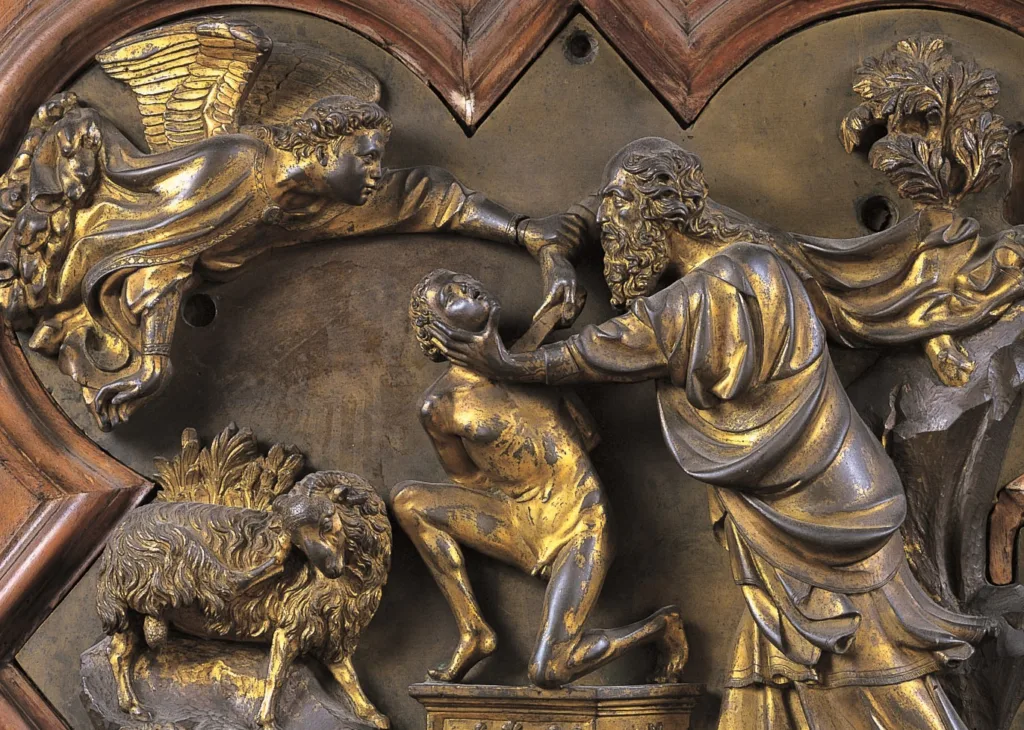
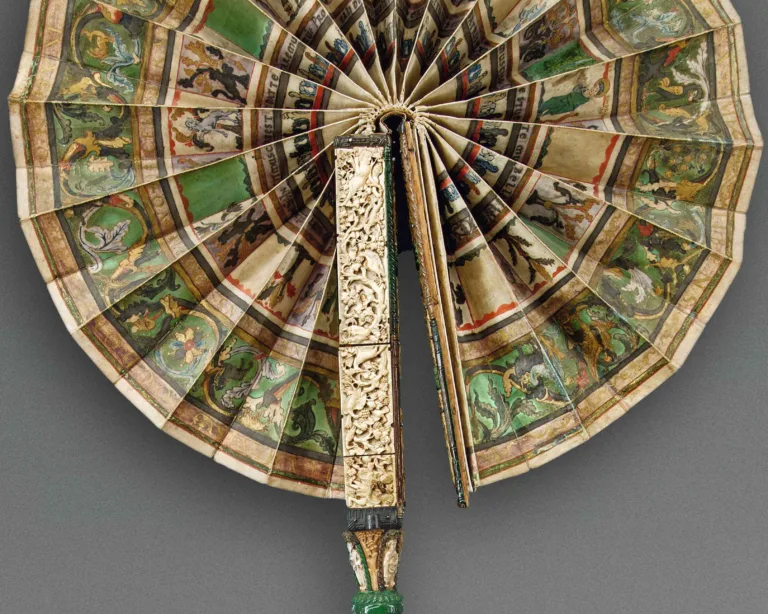
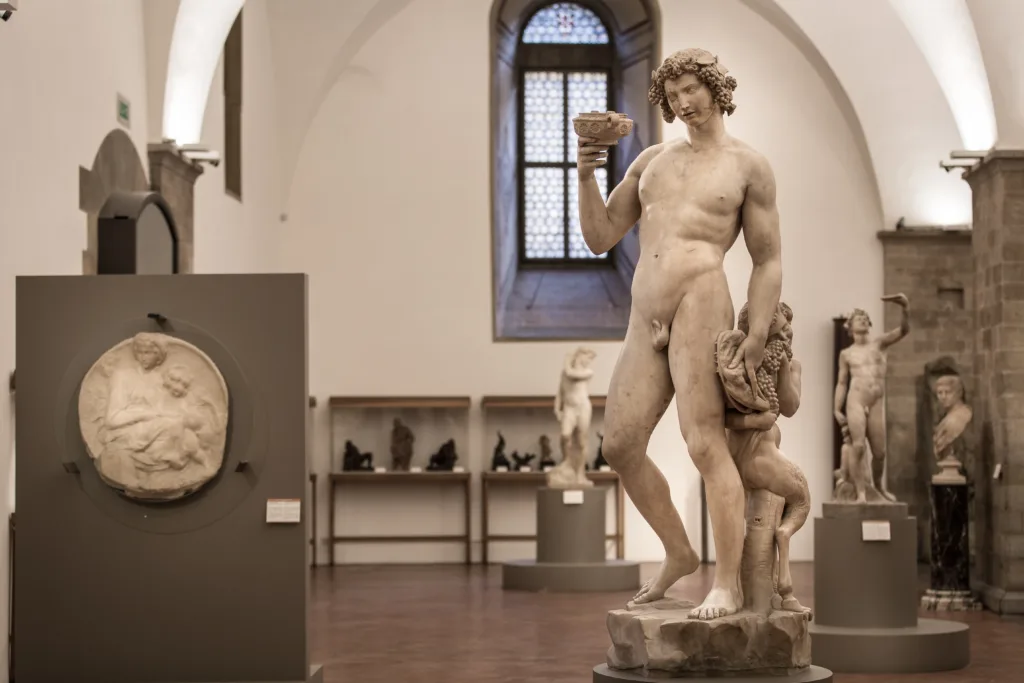
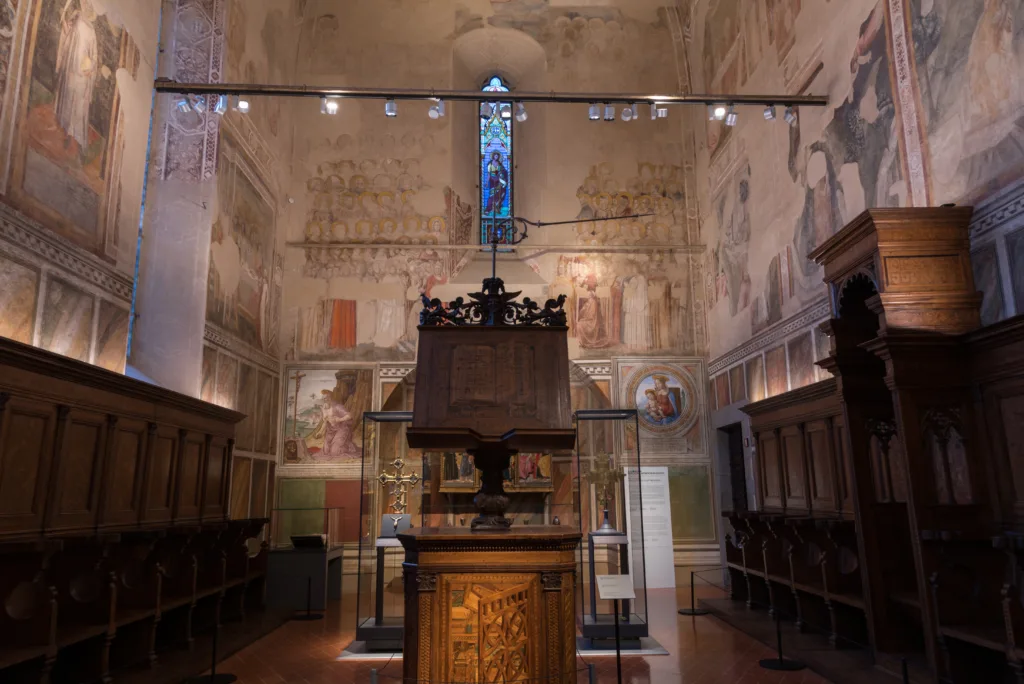
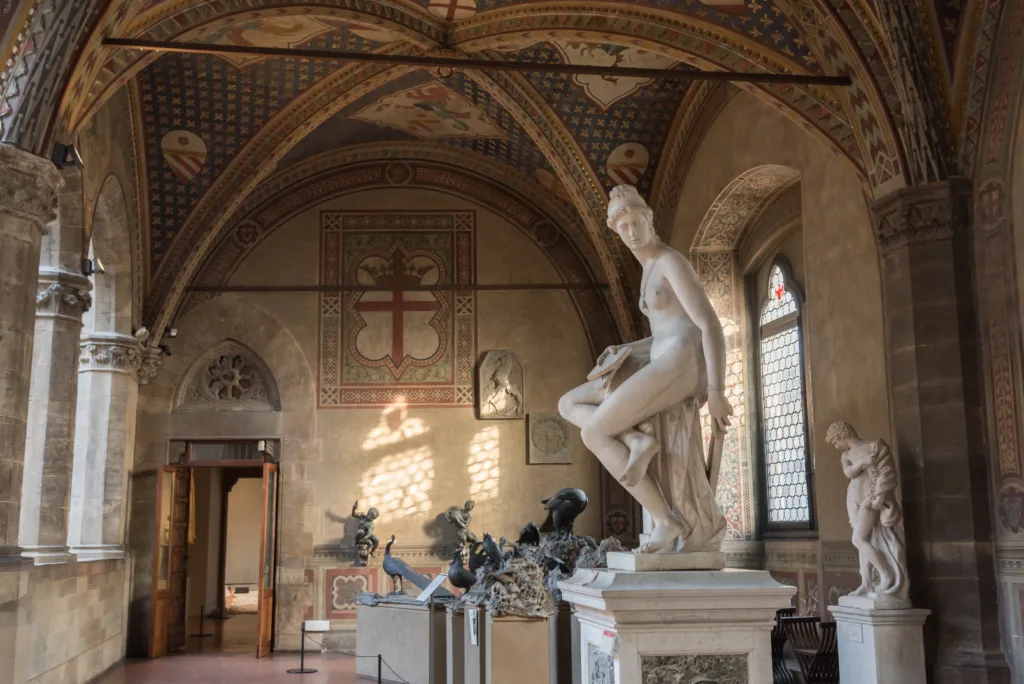
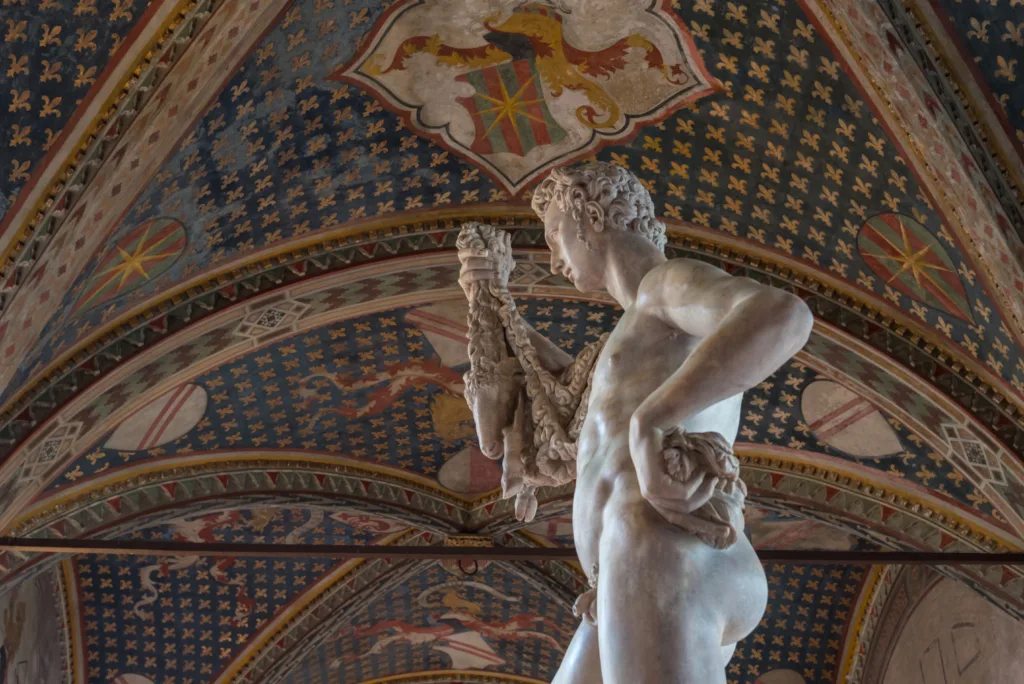
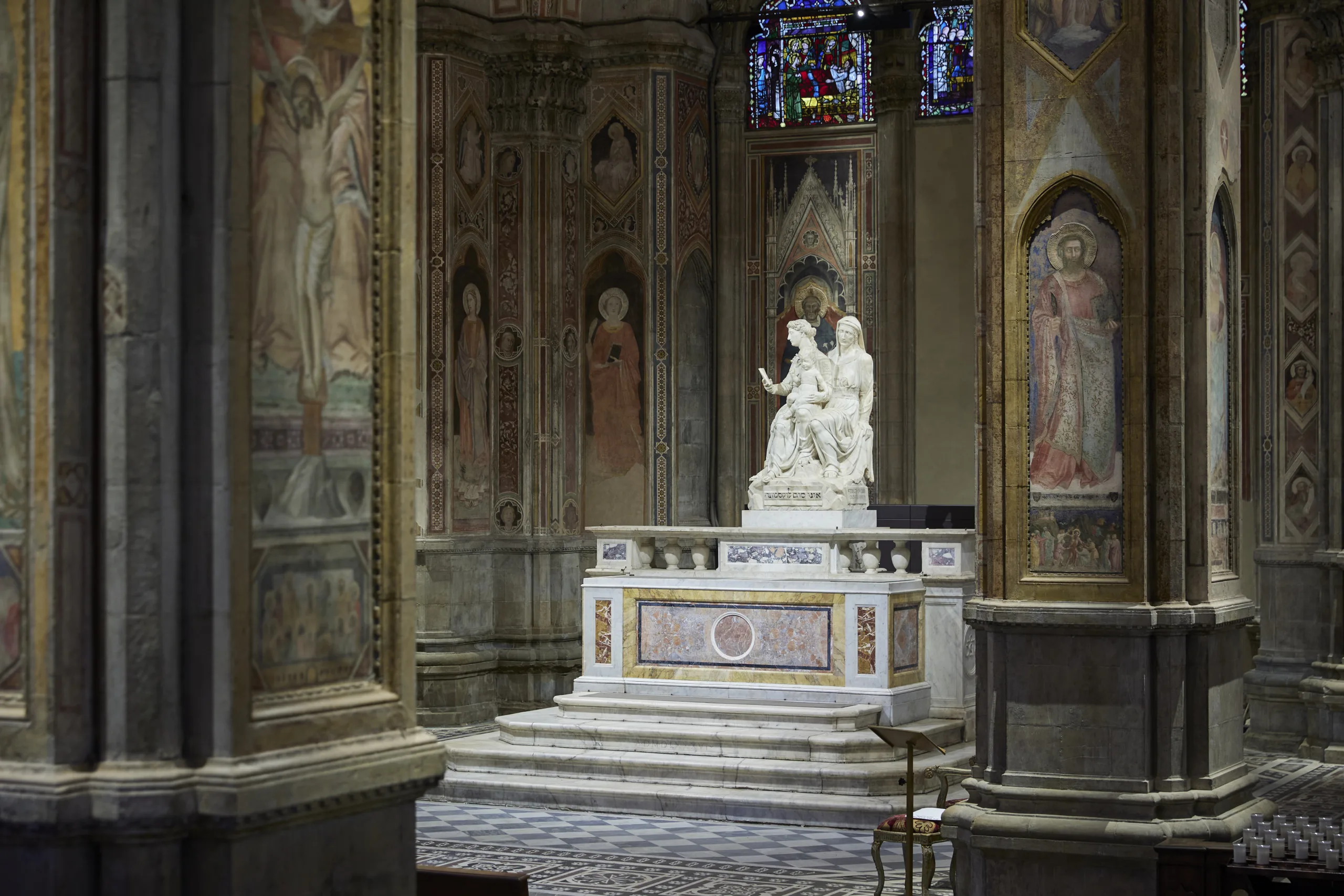









































Comments